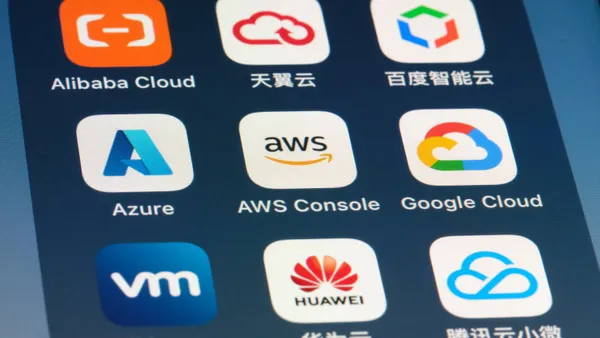Editor's note: The following is a guest article from Gartner drawing on analyst insights from the 2019 International Consumer Electronics Show.
IT decision-makers are confronting increasingly complex technology ecosystems, presented with an abundance of diverse and continuously advancing technologies from which to choose.
The ways in which specific technologies, like machine learning and 5G, are combined and applied across the enterprise is of paramount importance to IT leaders as they move into 2019 and beyond.
The rapid evolution of the consumer electronics industry and how it fits into the technology ecosystem is posing a challenge for IT leaders. They must synergize disparate technologies into cohesive solutions to architect their digital ecosystem.
Planning for constant technology change
A key takeaway from CES, held earlier this month, is that integration across vendor platforms is vital for success, but difficult to achieve due to constant technology change.
IT decision-makers must learn how to adapt to these changes to make wise technology investments, but how?
-
Allocate time to tinker: As technology evolution moves at an unprecedented pace, CIOs should prioritize learning about things like internet of things (IoT) and blockchain beyond the superficial aspects to get at what they fundamentally mean for their enterprise.
-
Take a crash course in machine learning: No need to become data scientists, but, at a minimum, have a basic understanding of how ML works and how it can be integrated across the technology ecosystem.
-
Pay attention to cloud service provider innovations: Cloud is evolving faster than any other technology, period. CIOs need to keep apprised of new offerings and activities.
-
Focus on the "right" talent: In this sense, "right" means team members that are curious, enjoy constant change and are onboard with "tinkering."
There is no doubt that consumer technology advances at a pace that is hard for IT decision-makers to follow. The abundant new product announcements coming out of CES certainly do not simplify choice selection.
To manage the overwhelming options of technology offerings, IT decision-makers must adopt an "ecosystem thinking" mindset, or one that thinks holistically about how technologies relate to one another.
It is almost impossible to unthread one technology from another. The conversation has moved away from siloed technology products to ecosystems that integrate devices, applications, analytics and cloud.
Bringing the technologies together, a CES perspective
At CES, we saw the first glimpse of new 5G networks, devices and applications, including those in healthcare, surveillance and publishing.
5G cellular is intended to provide significant improvements over 4G in three main areas:
- High-speed broadband
- Low-latency critical communications
- High-density connections offering long battery life for IoT applications
Enterprise technology innovation leaders should identify where 5G can support ecosystem integration efforts by participating in early-access programs to grasp its potential and restrictions.
Given the different timelines for deployment in various geographies in the coming years, it is important for enterprises to weigh them against the costs and capabilities of each carrier's 5G services and have the necessary contingency plans.
As CIOs increasingly have one foot in the business side of things, and another in technology, innovation must be top of mind for their digital business and technology ecosystem. Innovations occur with consumer technology first.
Many companies have a variety of digital initiatives linked with personal performance and behavior. Therefore, advances stemming from personal technologies will play an immense role in driving and supporting digital business.
A great example of this is virtual personal assistants (VPAs). VPAs offer enterprise architects and technology innovation leaders a new tool to enhance customer engagement and employee productivity.
At CES, several companies showed how Amazon's Alexa will be integrated into the controls of forthcoming automobiles, allowing drivers to access the normal Alexa skills, like music or shopping, but also control the vehicle's features, like turning on the heat.
Technology vendors in the ecosystem
Choosing to include multiple vendors in a technology ecosystem does not come without risk. CIOs arguably lose the cohesiveness of their ecosystem when they rely upon two "primary" vendors for core technologies, for example Amazon Web Services and Azure Machine Learning services.
Likewise, it is difficult for IT staff to be truly versed in each vendor's platform, so Gartner recommends keeping a secondary ecosystem partner nearby for awareness on their product offerings and innovation.
CES 2019 provided a glimpse of some of the key technology innovations that will form the foundation of future portfolios: pervasive artificial intelligence, new 5G communications technology and VPAs as a new form of user interface.
Leaders must work to integrate these disparate systems into cohesive solutions that form the foundation of their technology ecosystem.
Paul DeBeasi is a distinguished vice president and chief of research for Gartner for Technical Professionals (GTP). His research focuses on the integration of IoT and machine learning strategy, architecture and delivery.
Mark Hung is a research vice president at Gartner, where he leads the company's AI research in IoT.
Michael Ramsey is a senior research director within Gartner's CIO Research Group, covering smart mobility and the evolution of the automotive industry.












